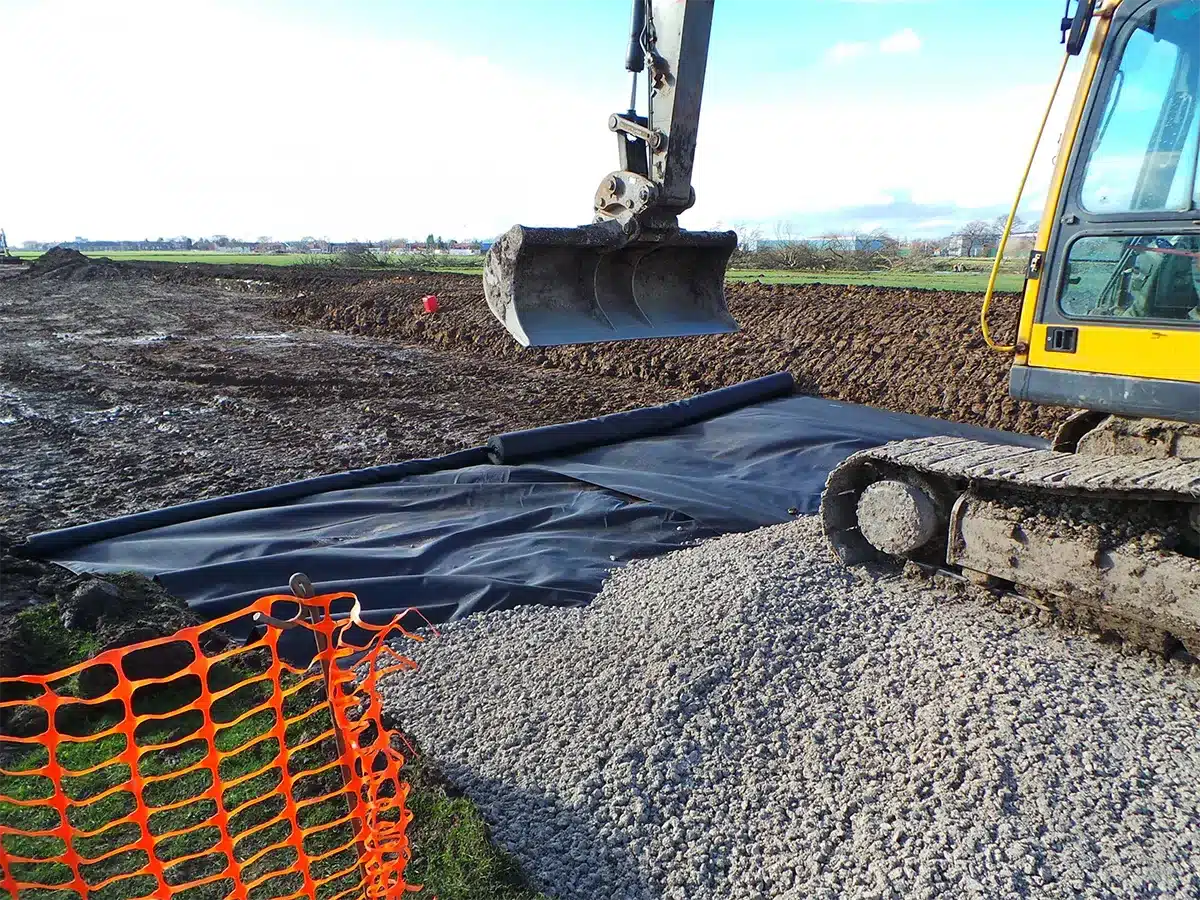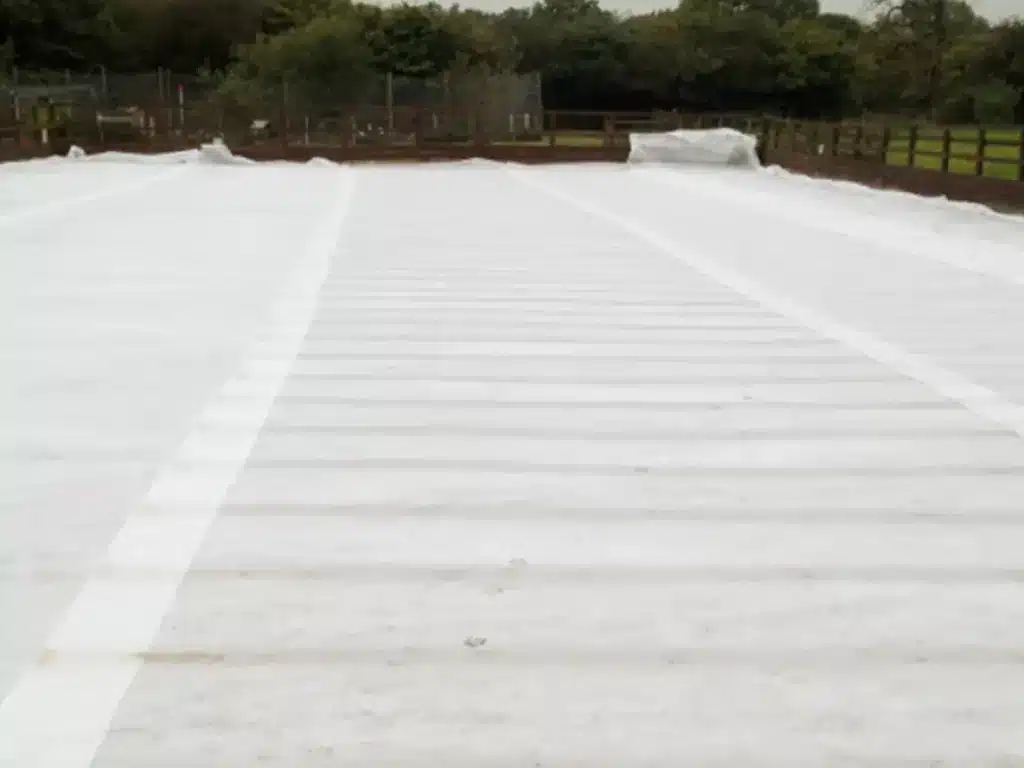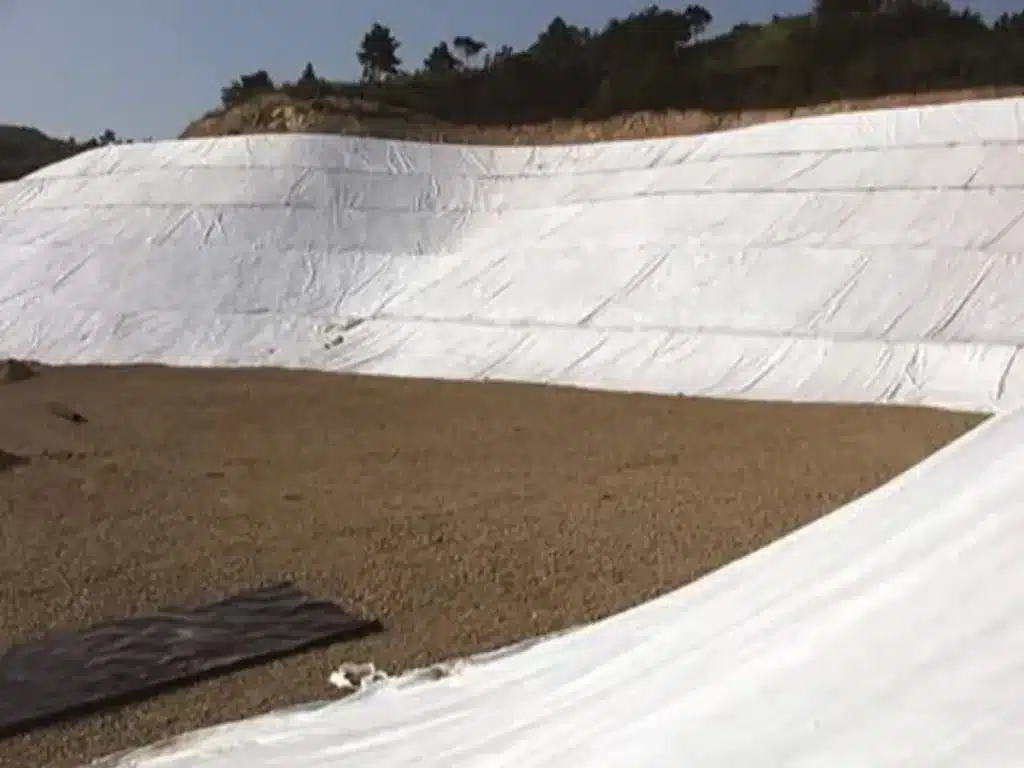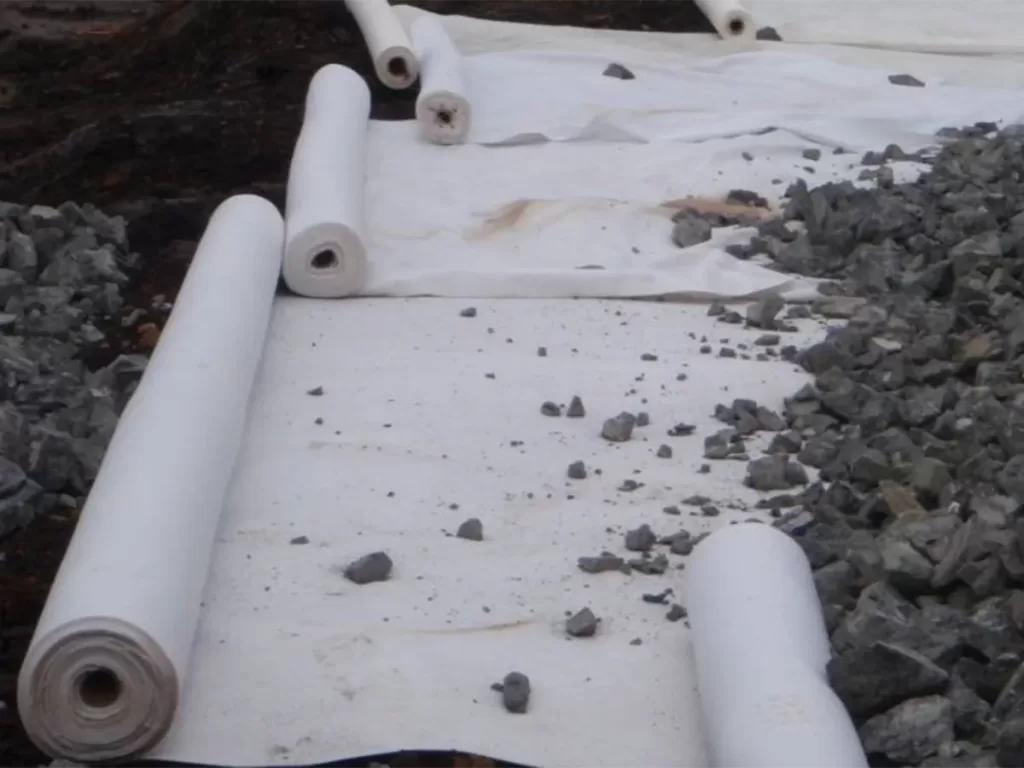+86-159 9860 6917
info@geofantex.com
geofantex@gmail.com
+86-400-8266163-44899
Erosion on steep hills presents significant environmental and structural challenges, leading to loss of fertile soil and increased risk of landslides. This article explores how geotextiles, innovative materials used in civil engineering, offer a sustainable solution to these issues. The goal of such structures is to act as erosion control blankets that cover a large area of the soil on a steep hillside. By delving into the mechanics of geotextiles, we’ll understand their role in erosion control and slope stability.
How do geotextiles prevent erosion?
Geotextiles play a crucial role in preventing erosion by stabilizing the soil and controlling water flow. Here’s how they work:
- Soil Stabilization: Geotextiles are placed over the soil surface to hold the soil particles in place. This prevents soil displacement and reduces the effects of wind or water erosion. They help maintain the structural integrity of slopes, embankments, and other areas prone to erosion.
- Water Filtration: Geotextiles allow water to pass through while trapping soil particles. This filtration function prevents the movement of soil particles with water, thus minimizing erosion and sediment displacement.
- Separation: Geotextiles act as a barrier between different layers of soil or other materials. By keeping finer soil layers separate from coarser materials like gravel, they help maintain the stability of roads, riverbanks, and other construction sites.
- Reinforcement: Geotextiles reinforce the soil structure by distributing loads more evenly. This reinforcement helps reduce soil displacement during heavy rains, runoff, or other stress events.
In applications such as coastal protection, road construction, and landscaping, geotextiles are critical in managing erosion and ensuring the longevity of the soil structure.

What is geotextile for slope stability?
- Reinforcement: Geotextiles provide additional support by distributing loads across a wider area. This reinforcement reduces the risk of soil movement and failure, making slopes more stable.
- Erosion control: Geotextiles protect the slope surface from erosion by preventing soil particles from being washed away by rain or water runoff, ensuring the integrity of the slope over time.
- Separation and filtration: Geotextiles act as a barrier between different soil layers, preventing the mixing of fine and coarse materials. This enhances slope stability by maintaining the proper drainage conditions and reducing the risk of water buildup.
- Drainage: Geotextiles improve water drainage by allowing water to flow through the fabric while filtering out soil particles. Effective drainage is crucial for preventing water-induced slope failures.
By incorporating geotextiles into slope stabilization efforts, the overall safety, durability, and longevity of the slope can be greatly enhanced.
What are geotextiles and how do they prevent erosion?
Geotextiles are specialized fabrics designed to provide strength, stability, and filtration capabilities to the soil to reduce erosion. Used extensively in geotechnical engineering projects, these textiles address soil stability issues by acting as a protective barrier. They aid in filtration and reinforce the ground, making them essential in managing erosion. When used on steep slopes, geotextiles intercept runoff water, reducing its speed and minimizing soil displacement. By holding soil particles together and promoting vegetation growth, these fabrics not only prevent erosion but also enhance the ecological environment of the area.
Should geotextiles be in contact with the ground?
Yes, for geotextiles to function effectively, they must keep firm, continuous contact between the materials and the soil. Proper installation involves laying the geotextile directly on the prepared soil surface before any fill material, like gravel or larger stones, is added. This ensures that the geotextile can effectively stabilize the soil and filter out sediments while allowing water to drain through. Ensuring direct contact with the ground maximizes the functional benefits of filtration, separation, and reinforcement, which are crucial for achieving long-term stability and erosion control on steep slopes.
Geotextiles represent a crucial tool in environmental and civil engineering, offering effective solutions for erosion control and slope stabilization on steep hills. Through their ability to filter, reinforce, and protect soil, these versatile fabrics play a pivotal role in maintaining landscape integrity and preventing soil degradation. As we continue to face environmental challenges, the strategic use of geotextiles in vulnerable areas can significantly mitigate the risks associated with soil erosion.



Get Free Sample
We’ll respond as soon as possible(within 12 hours)






















